Canaiolo is a red grape variety widely grown in central Italy, especially in Tuscany. It is also found in Marche, Lazio and Sardinia. This variety is known by many other synonyms including Cagnina, Vitis Vinifera Etrusca, Calabrese, Uva Donna, Canaiolo Nero Grosso, Raspo Rosso, Tindillaro, Uva Marchigiana, Caccione Nero, Uva Dei Cani, Uva Colore Canaiola, Canaiolo Cascolo and Uva Merla.
The leaves of Canaiolo are green, rounded, medium-sized. The grape clusters are medium to large, cone shaped, compacted. The grapes themselves are medium-sized, some are larger. They are colored dark blue to black and possess an elastic, smooth skin. Under it lies a juicy flesh with a delightful taste. They yield red wines, distinguishable by their elegant aromas and satisfying presence of tannins.
History of Canaiolo
Canaiolo is a variety that has been grown in Tuscany for centuries, leading many to believe that its roots can be found there.
For a long time it has been used in the production of the wine blend Chianti, which itself is highly prized. In fact it is the reason Canaiolo gained popularity.
What is also known is that during the 18th century the proportion of Canaiolo in Chianti was a lot greater than that of Sangiovese, another very old and valued Italian variety originating from Tuscany.
Canaiolo owes part of its popularity to the fact that the risk of rot is practically insignificant. This makes it suitable for longer fermentation.

In a 19th century recipe for Chianti it was written that Canaiolo combines with Sangiovese so as to add fruity tones and soften the tannins of the other variety.
And even though in the past winemakers foretold of a bright future for Canaiolo, today its fate is at a crossroads. After a phylloxera epidemic, the vineyards of Canaiolo were highly affected and significantly diminished.
The winemakers in Tuscany are trying to restore the vineyards of this grape variety and bring back its once great fame.
Characteristics of Canaiolo
Wines of the Canaiolo variety possess an attractive red color. They have a rich taste, reminiscent of ripe strawberries. At the same time one can pick up nuances of leather. In some cases however the aroma of the wine can be quite soft and even neutral.
This quality of it is used to soften other wines that have excessively high acidity and intrusive content of tannins.
Wines containing Canaiolo may also contain aromas reminding of violets, cherries, vanilla, warmed oak, chocolate. All of this complemented by a sweet elegant taste turns the drinks into the perfect grape elixirs.
The wines that include this variety are characterized by freshness, a prolonged finish and an indisputable finesse.
Serving Canaiolo
Before you present a Canaiolo at the dinner table, it is recommended to cool them. If the wine is younger you can maintain a temperature of around 60°F (15°C). For ones aged longer, it is best to aim for a temperature of 60°F (17°C). As with younger wines, so too do the old ones require presentation in a special glass.
The most practical option is to use a classic red wine glass, one that you can use for other red wines as well (such as Cabernet Franc, Carmenere and Rubin), as long as they don't require a special container to reveal a specific characteristic. If you intend on serving several types of wines, always start with the lighter and younger ones.

If your Canaiolo wine has been aged, present it in the middle or toward the end of the evening. When pouring in the wine, don't fill the glass all the way up. Let us not forget that according to etiquette it is enough to fill it just halfway. Drink the wine slowly in small sips to truly savor it and enjoy its potential.
A quality wine deserves to be combined with appetizing food. You can pair the Italian grape elixir with various types of cheese. Appropriate dairy products include parmesan, mozzarella, fontina and gouda, served on their own with the wine or as part of a fresh salad.
If the wine has been aged longer it requires a bit heavier food. In that case you can bet on roasted game. The most suitable specialties for fans of this beautiful red wine are French venison, roasted quail, jellied partridge, stewed pheasant, wild boar skewers and stuffed rabbit.
But not everyone can get a hold of game. That is why you can substitute it with veal, beef or pork. Duck and turkey are also an excellent choice. According to lovers of this wine its taste also harmonizes finely with dishes of lamb meat seasoned with fragrant spices and sauces. Therefore, we recommend serving Canaiolo wine with lamb roll, mutton kebab or chop kebab.
This grape beverage would also go superbly with the world famous Italian pasta which contains vegetables, processed cheeses, mushrooms, tomatoes and basil. Of course there is a wide variety of pastas, so it's simply a matter of choice.
Canaiolo wines can be combined with dry appetizers as well. Some suggestions include lukanka, sujuk, sausages and fillets.
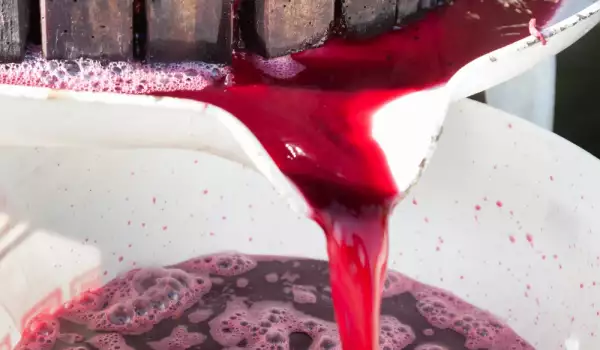
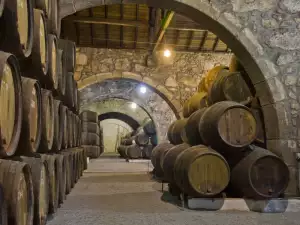


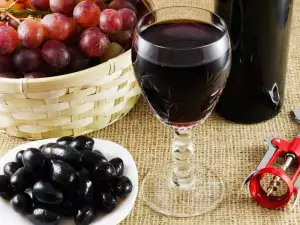
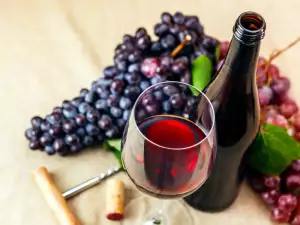

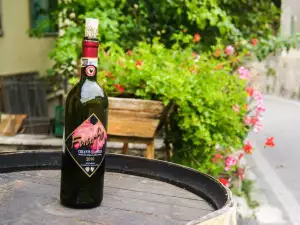
Comments